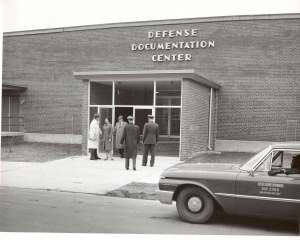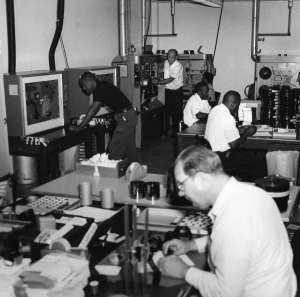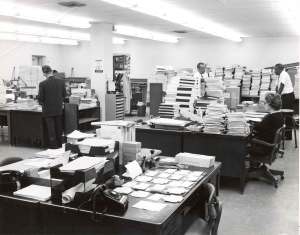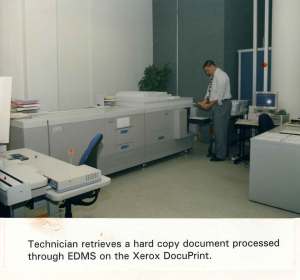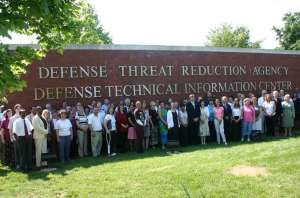About DTIC
DTIC's mission is " to ensure the innovation and knowledge stemming from DoD’s past and current investment in science and technology (S&T) forms the building blocks for the next generation of discovery and accelerates capability to the warfighter."
The Defense Technical Information Center (DTIC®) has served the information needs of the defense community for more than 80 years.
Our function is essential to DoD’s continuing success. DTIC is the only DoD scientific and technical (S&T) repository available to ALL of DoD.
We are not only critical to sharing DoD’s S&T investment – more than $20 Billion annually – among the services, but we do so in a secure manner enabling lab scientists, engineers, and researchers to build upon past and present research.
DTIC accelerates fielding of new capabilities, lowers costs, and helps ensure battlefield superiority.
DTIC is a DoD Field Activity operating under the leadership of the Secretary of Defense and reporting to the Under Secretary of Defense for Research and Engineering (USD(R&E)) through the Assistant Secretary of Defense for Science and Technology (USD(S&T)).
DTIC supports the Department's efforts to revive the warrior ethos, rebuild our military, and reestablish deterrence by:
- Preserving and disseminating the research that led to the technologies our warfighters use today;
- Delivering the tools and collections that empower the R&E enterprise to accelerate the development of technologies that will help maintain our nation's technical superiority;
- Stimulating innovation by providing access to DoD-funded research and digital data to the public and industry; and
- Maximizing the value of each dollar the DoD spends through the analysis of funding, work-in-progress, and Independent Research and Development (IR&D) data to identify gaps, challenges and way forward.
Most of the research records – close to 5 million – in our collection are available through the R&E Gateway - an access-controlled knowledge management repository available to authorized DoD personnel, defense contractors, federal government personnel, government contractors, and select academic institutions. The R&E Gateway requires Common Access Card (CAC) login or registration. A user’s specific credentials determine the level of access he or she has within the platform.
The public can access nearly 1 million unclassified documents, including many that are full-text and downloadable, through this website.
DTIC also manages the DoD Information Analysis Centers (DoDIAC) which provide essential technical analysis and data support to a diverse customer base that spans the Combatant Commands (CCMDs), the Office of the Secretary of Defense, defense agencies, and the military services.
The DoDIAC actively partners and collaborates with defense research and engineering focus groups and communities of interest in cyber, homeland defense and defense systems. The DoDIAC is staffed by scientists, engineers, and information specialists who provide users with focused expert assistance and unbiased scientific and technical information (STI). They perform the basic or core activities necessary to fulfill the mission and objectives of the DoD and greater S&T communities’ needs by focusing on the collection, analysis, synthesizing/processing and dissemination of STI.
Established in June 1945 as the Air Documents Research Center (ADRC), the agency’s original mission was to collect German air documents. The documents collected were divided into three categories: those that would assist the war in the Pacific theater, those of immediate intelligence interest to the United States or British forces, and those of interest for future research.
In 1945, the ADRC relocated its operations in London, United Kingdom to the Wright-Patterson Air Force Base (AFB) in Dayton, Ohio where it was renamed Air Documents Division (ADD). The ADD staff cataloged captured documents and translated a small number of reports deemed as high-priority research.
In 1948, the secretaries of the U.S. Navy and U.S. Air Force reorganized ADD into the Central Air Documents Office (CADO), broadened its mission to include collecting, processing and disseminating information for use within military regulations. The organization has since evolved—in name and mission—to become the central resource for DoD- and government-funded scientific, technical, engineering and business related information for the DoD community.

